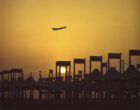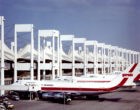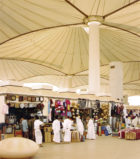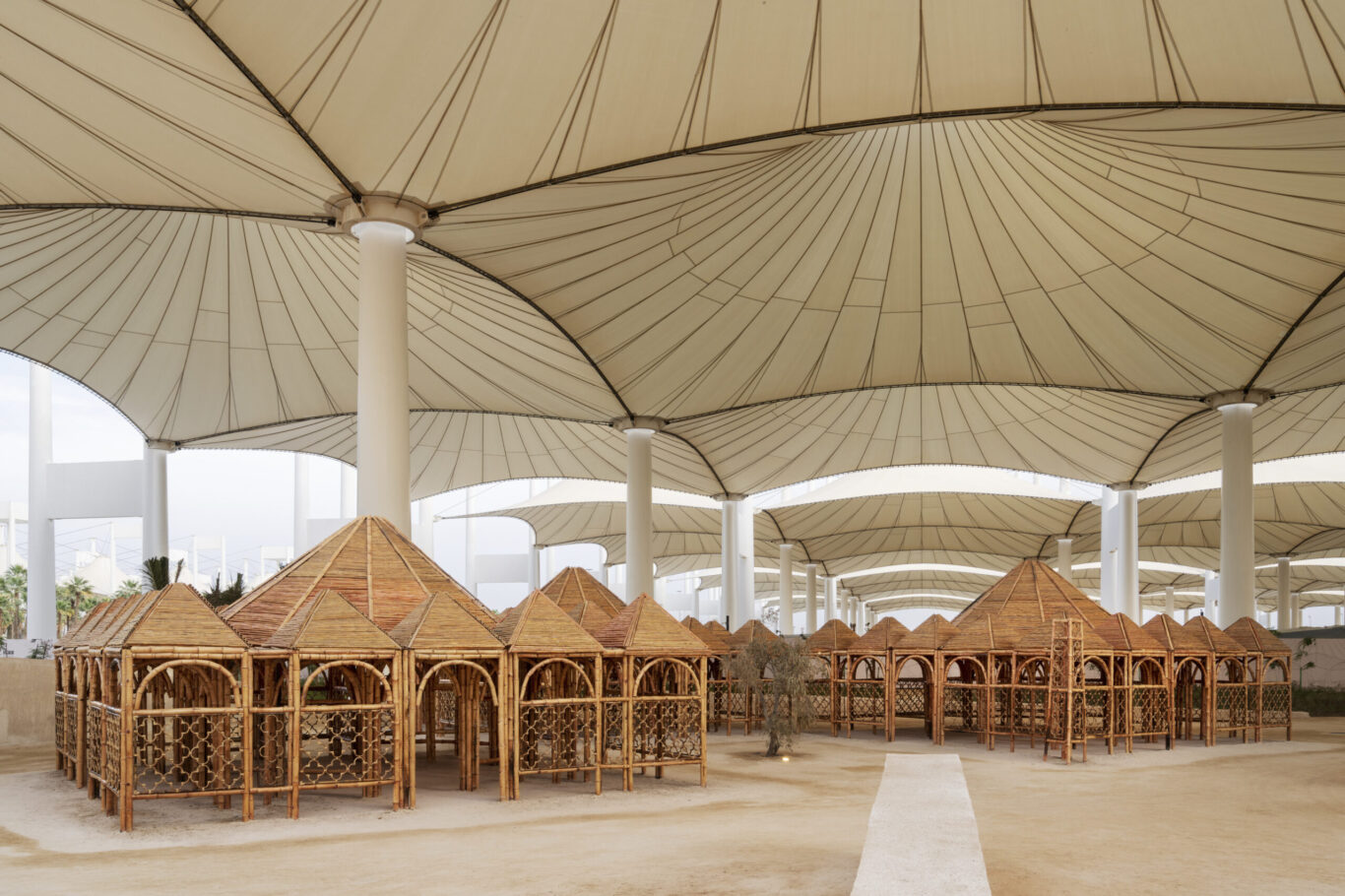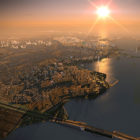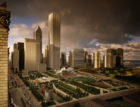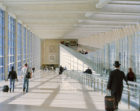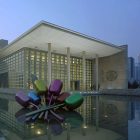Design that resonates with culture and place
SOM reinterpreted the highly identifiable form of the Bedouin tent to create a marvel that became the world’s largest cable-stayed, fabric-roofed structure upon its completion in 1981. The terminal serves as a physically welcoming, culturally symbolic, and structurally innovative portal for more than one million pilgrims annually.

